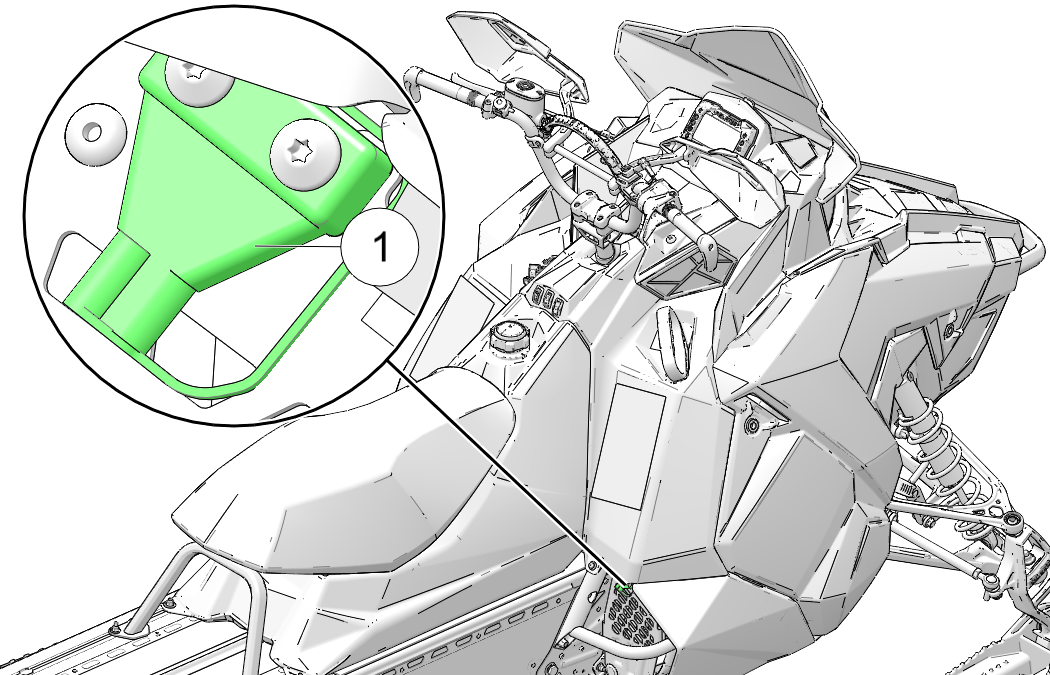
Content Source: 2020 550 Indy 144 Owner’s Manual (9929781 R01) > Maintenance Chapter
| IMPORTANT |
|
The Owner's Manual for this vehicle contains warnings, instructions and other information you must read and fully understand before safely riding or performing maintenance on this vehicle.Always follow the warnings and instructions in Owner's Manual. Click the CONTENTS link above for the Table Of Contents, or download a full PDF of the Owner Manual in the Owner Support area of Polaris.com |
| NOTICE |
| On Carbureted engines (550cc / 120 Youth), run the engine for 10-15 minutes and then turn the fuel shut off valve to ‘OFF’. Continue to run the engine until the engine stalls and turns off. Doing this drains the carburetors of fuel. |
| NOTICE |
| Do not install new spark plugs after fogging the cylinders. Fogging oil prevents the formation of rust / corrosion by sticking to the internal engine components – including the spark plug electrodes. Replace these spark plugs the following season after all of the fogging oil has been burned out of the engine. |
Never leave a battery
unattended during the storage season. Snowmobile batteries are small
and cannot maintain their charge
over the storage season. To ensure your battery
maintains its level of charge, the battery should be connected to
a battery
tender/trickle charger using the battery tender
port ![]() .
.

| NOTE |
| If the snowmobile is equipped with a transmission (Titan / WideTrak snowmobiles), there is not a drive chain adjustment procedure. |
| IMPORTANT |
| Do not spray metal protectant on the drive or driven clutches. |
© Copyright Polaris Industries Inc. All rights reserved.